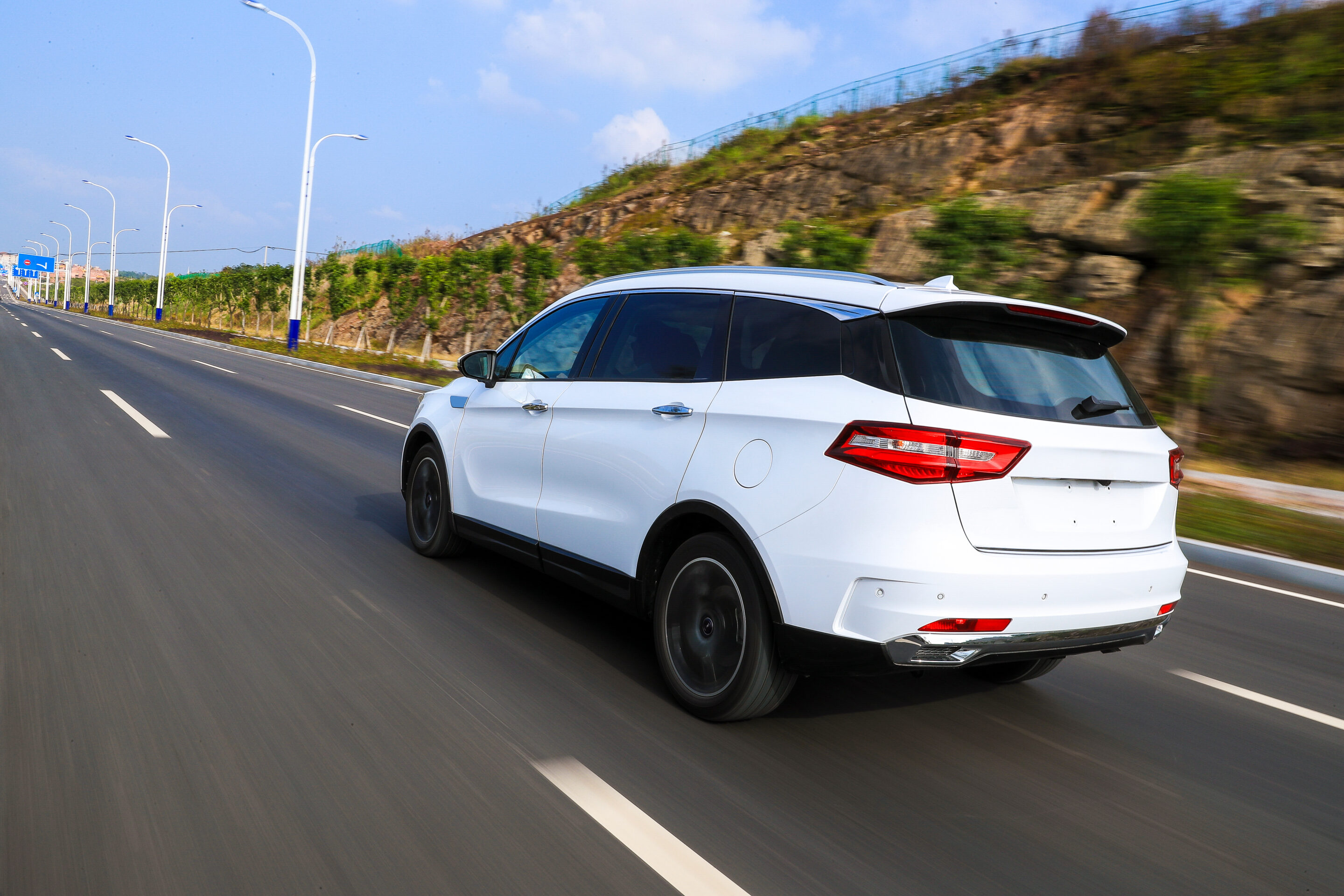As we come to the end of 2024, DigitalDealer.com asked for the experts who contributed their knowledge to take both a look back at this year and what is ahead in 2025. This entry is from Ben Bartosch of J.D. Power.
Certified pre-owned (CPO) vehicles have long been a staple for dealerships catering to buyers seeking the combination of affordability and peace of mind. Now with the electric-vehicle landscape poised to change, CPO programs will be more critical than ever.
CPO EVs offer an accessible entry point for first-time electric vehicle buyers. These programs mitigate concerns about battery health, range degradation and the unknowns of prior usage. CPO programs provide buyers with reassurance through extended warranties, thorough inspections and additional perks not typically associated with standard used vehicles. This plays a vital role in bolstering buyer confidence in EVs, in the same manner that it supports first-time buyers in the premium segment.
For EVs, certification is particularly appealing, given the relative novelty of the technology and the associated apprehension many buyers feel.
Volume and Supply Challenges
CPO EV volumes remain relatively low compared with internal combustion engine (ICE) vehicles, primarily because EV adoption is still in its early phases. However, the industry is on the cusp of significant change. A record number of EVs are expected to come off lease in the next year, marking the largest influx of used EVs the market has ever seen.
This anticipated supply increase will challenge dealers to adjust their strategies. More used EVs on the market will mean greater competition, and that will be complicated since brand-new EVs are often accompanied by attractive incentives like tax credits and leasing deals. Used EVs without these benefits may struggle to compete unless dealers leverage CPO programs effectively.
Certification Rates and Dealer Engagement
Though used EVs are still a developing market, dealers have been aggressive about certifying them. Certification rates for mainstream EVs currently hover between 45 percent and 50 percent, aligning closely with certification rates for all mainstream vehicles. This parity is a positive indicator, showing that dealers are equally committed to certifying EVs despite the additional considerations, such as battery health assessments.
Premium EVs, however, exhibit a lower certification rate of approximately 55 percent compared with the overall premium market’s 70 percent. This discrepancy may reflect differences in buyer demographics and preferences. Premium EV buyers are often more affluent and willing to invest in new vehicles rather than CPO options. It will be interesting to see if a cadre of dedicated premium CPO EV buyers will develop to mirror that of premium CPO ICE vehicles.
Turns & Profits
While dealers are showing a willingness to certify EVs, they still encounter some discrepancies versus their experience with conventional CPO vehicles. On average, it takes longer to sell a CPO EV than an ICE vehicle. In the mainstream market, CPO EVs take about 20 days longer to sell, with a similar trend in the premium segment, where the gap is approximately 17 days. This delay can be attributed to a narrower buyer pool and apprehension about EV technology, but the good news is the trend is improving. For instance, premium CPO EVs have reduced their average days-to-turn from 85 days in Q2 to 70 days in Q3.
Profit margins for CPO EVs haven’t reached the same level as for ICE vehicles, but the trend there is encouraging as well. A year ago, mainstream CPO EVs grossed around $1,000 per sale compared with $3,000 for the average vehicle. Today, they gross approximately $2,250, much closer to the market average of $2,600.
Premium CPO EVs, meanwhile, have seen their gross margins rise to $2,800, surpassing the premium market average of $2,600. These favorable trends in profitability underscore increased consumer demand for used EVs combined with stabilizing acquisition costs for dealers.
Pricing and Incentives
The pricing of CPO EVs is critical to their market performance. New EVs often benefit from government incentives and aggressive leasing deals, making them more appealing to price-sensitive buyers. While some used EVs qualify for tax credits, the restrictions on vehicle price and buyer income limit the number of eligible transactions. Eliminating or modifying these tax credits could shift demand toward the used market, potentially boosting the appeal of CPO EVs.
Manufacturer support and dealer engagement are vital for the success of CPO EV programs. Some brands have excelled in certifying and selling used EVs. Used versions of their EV models coming off lease are turning quickly and maintaining high certification rates. Conversely, other brands, particularly in the premium segment, struggle with inconsistent certification rates, often due to factors like recalls or varying levels of dealer focus.
It must be remembered that battery-electric vehicles have different characteristics than ICE vehicles. These characteristics bring pluses and minuses to the certification process. For example, EV battery warranties, which often extend up to eight years or 100,000 miles, offer significant value to CPO buyers. These warranties reduce the perceived risk associated with buying a used EV, as the most expensive component is covered. However, concerns about battery capacity and range degradation remain. Buyers may hesitate if a used EV’s battery only retains 70 percent of its original capacity, even if it is deemed “functional” according to manufacturer standards.
Increased Supply and Auction Risks
As the volume of off-lease EVs rises, dealers must decide whether to certify and retain these vehicles or send them to auction. Allowing too many EVs to flow into auctions risks devaluing the segment, undermining the very purpose of CPO programs. Maintaining strong EV certification rates will be crucial to preserving residual values and ensuring profitability.
Economic conditions and government policies, particularly tax credits and other incentives, also play a significant role in shaping the EV market. Any significant changes could alter the dynamics of new versus used EV sales, impacting the attractiveness of CPO programs.
Consumer education remains a hurdle to battery-electric vehicle adoption and the acceptance of CPO EVs. Buyers unfamiliar with EVs may have misconceptions about their performance, maintenance, or longevity. Dealers and manufacturers must invest in educating potential buyers to build trust and drive consumer interest in certified EVs.
2025 Outlook and Beyond
The CPO EV market is poised for growth. As supply increases, so too will the importance of strategic certification programs. OEMs and dealers that embrace EV certification as a key marketing tool are likely to succeed, while those that neglect it risk losing out.
In 2025, we anticipate greater consumer confidence in EVs, improved certification rates and faster days to turn. Profit margins for CPO EVs are expected to stabilize further, approaching or surpassing those of ICE vehicles. That said, achieving these outcomes will require automakers and dealers to address the challenges of pricing, consumer education and inventory management.
CPO EVs represent a critical bridge between the nascent EV market and widespread consumer adoption. With growing inventory, improving profitability and a clear value proposition, CPO EVs are well-positioned to play a central role in the automotive industry’s electrified future. Whether they fulfill their potential depends on how well the industry rises to the challenges ahead.








